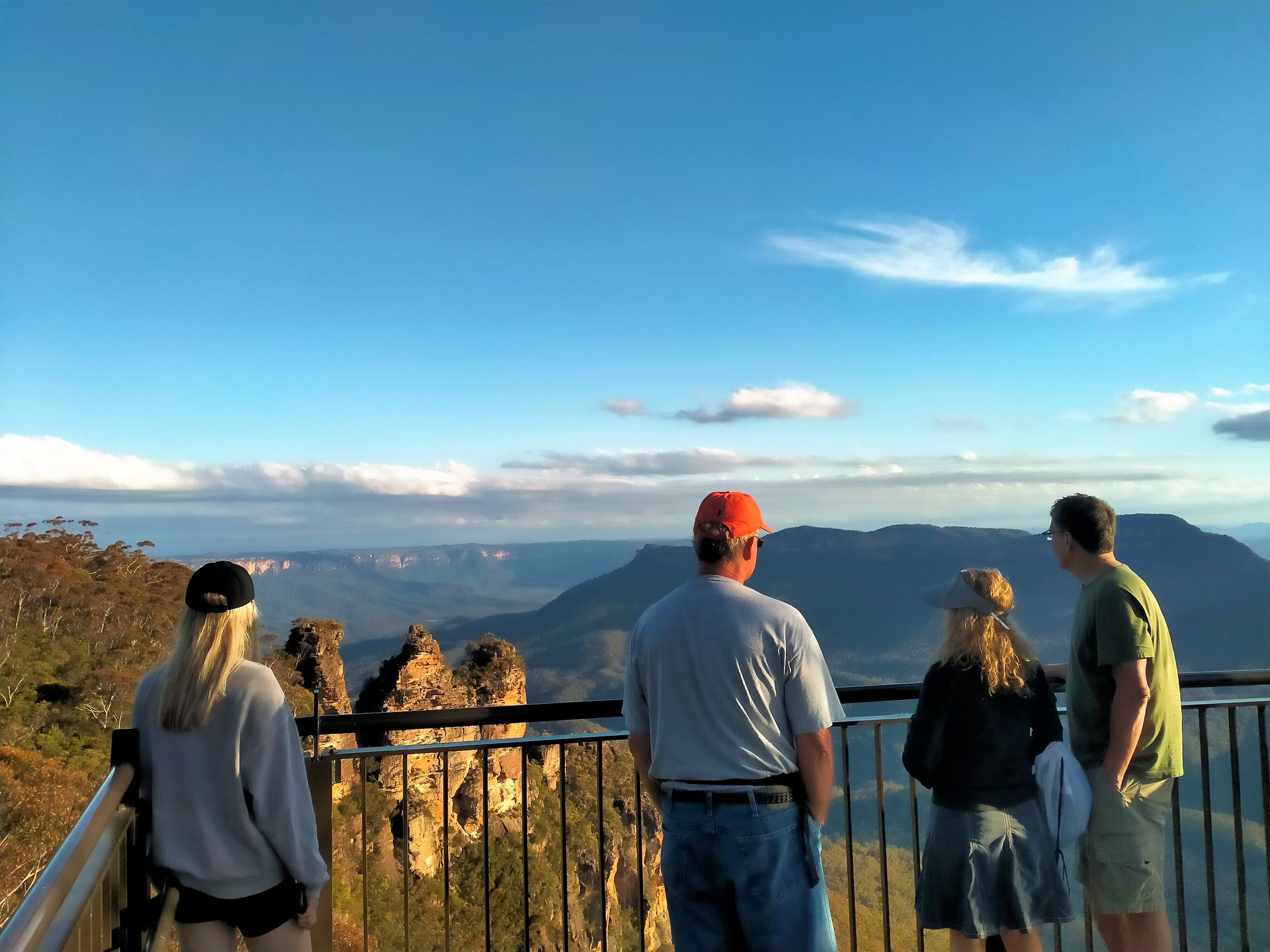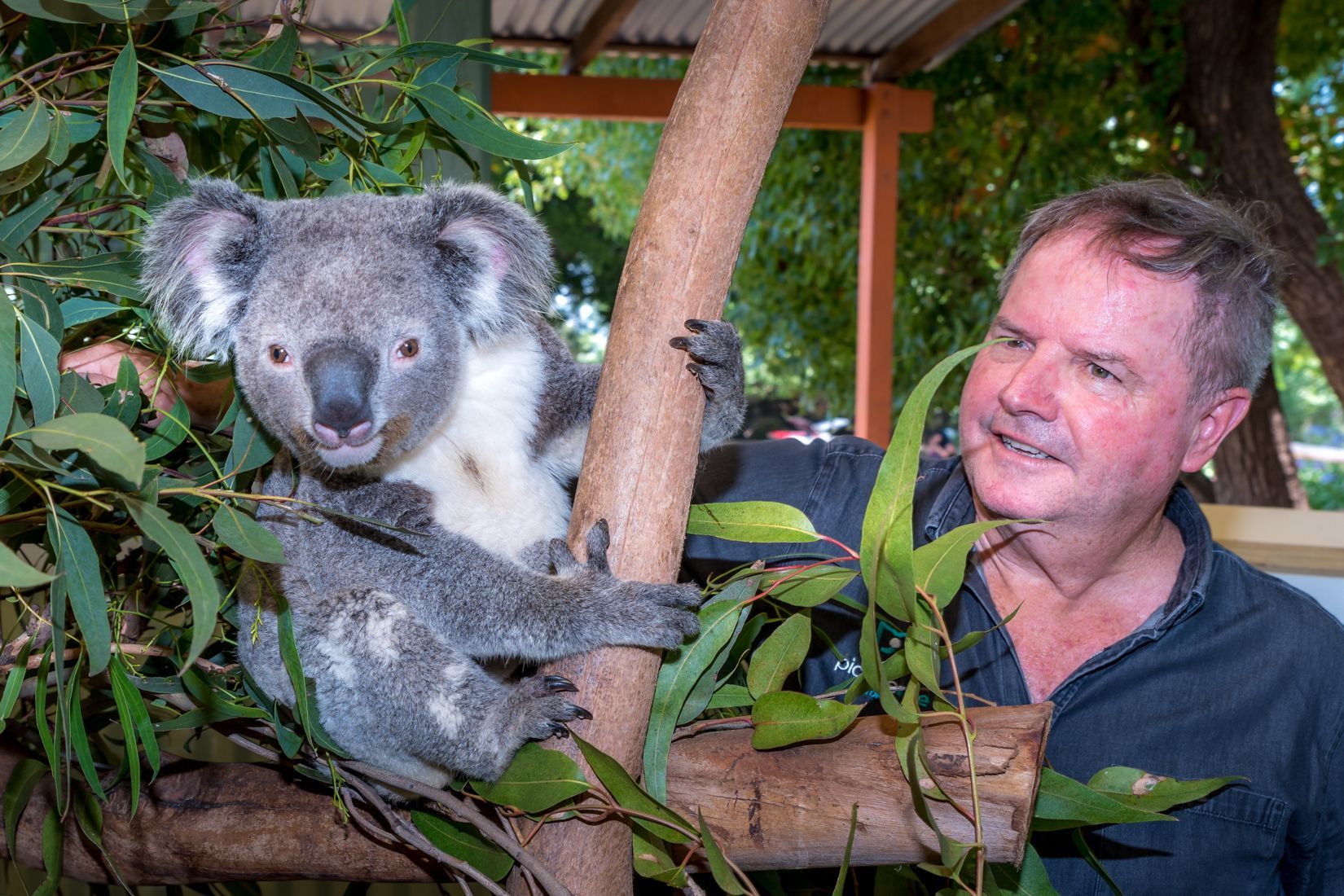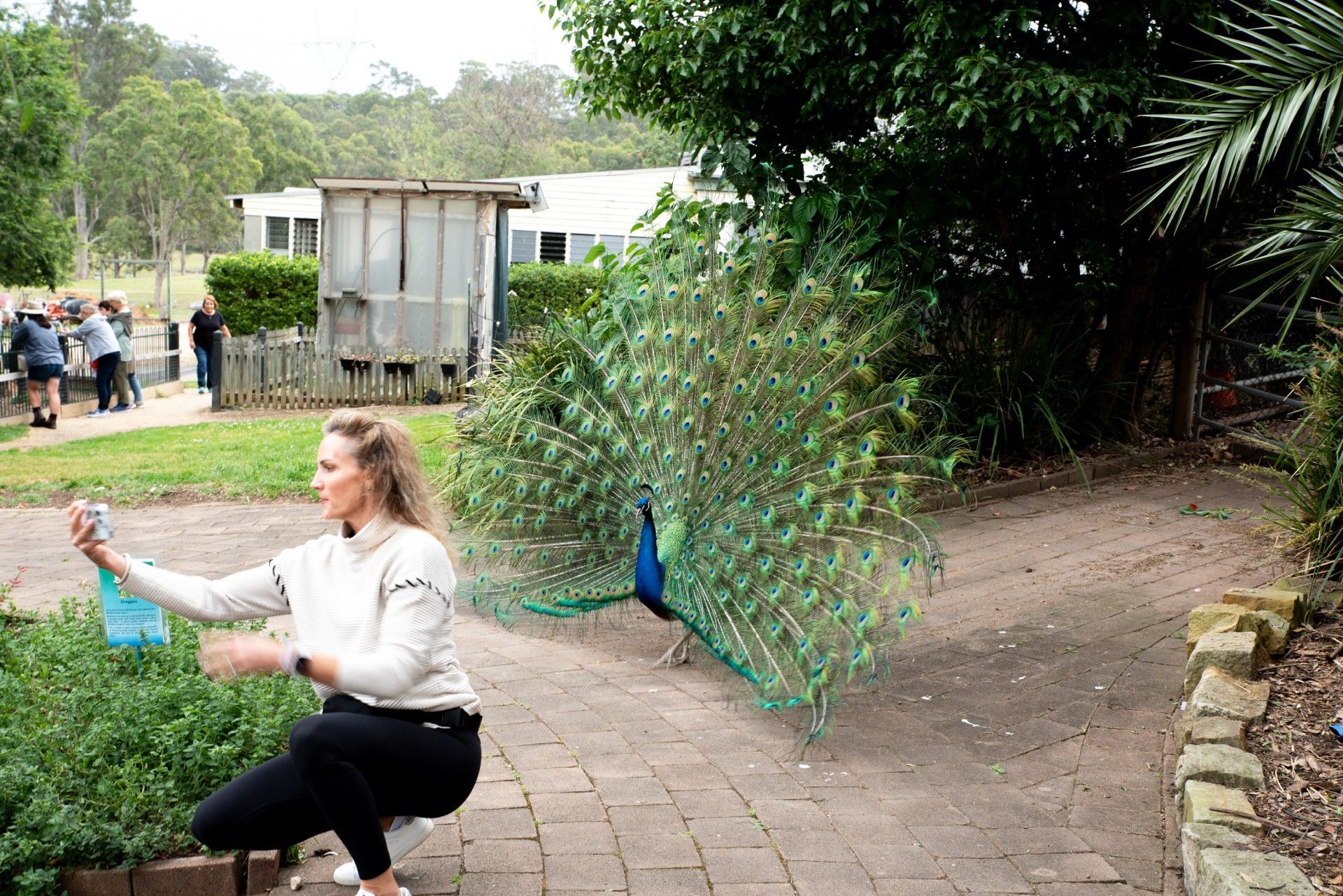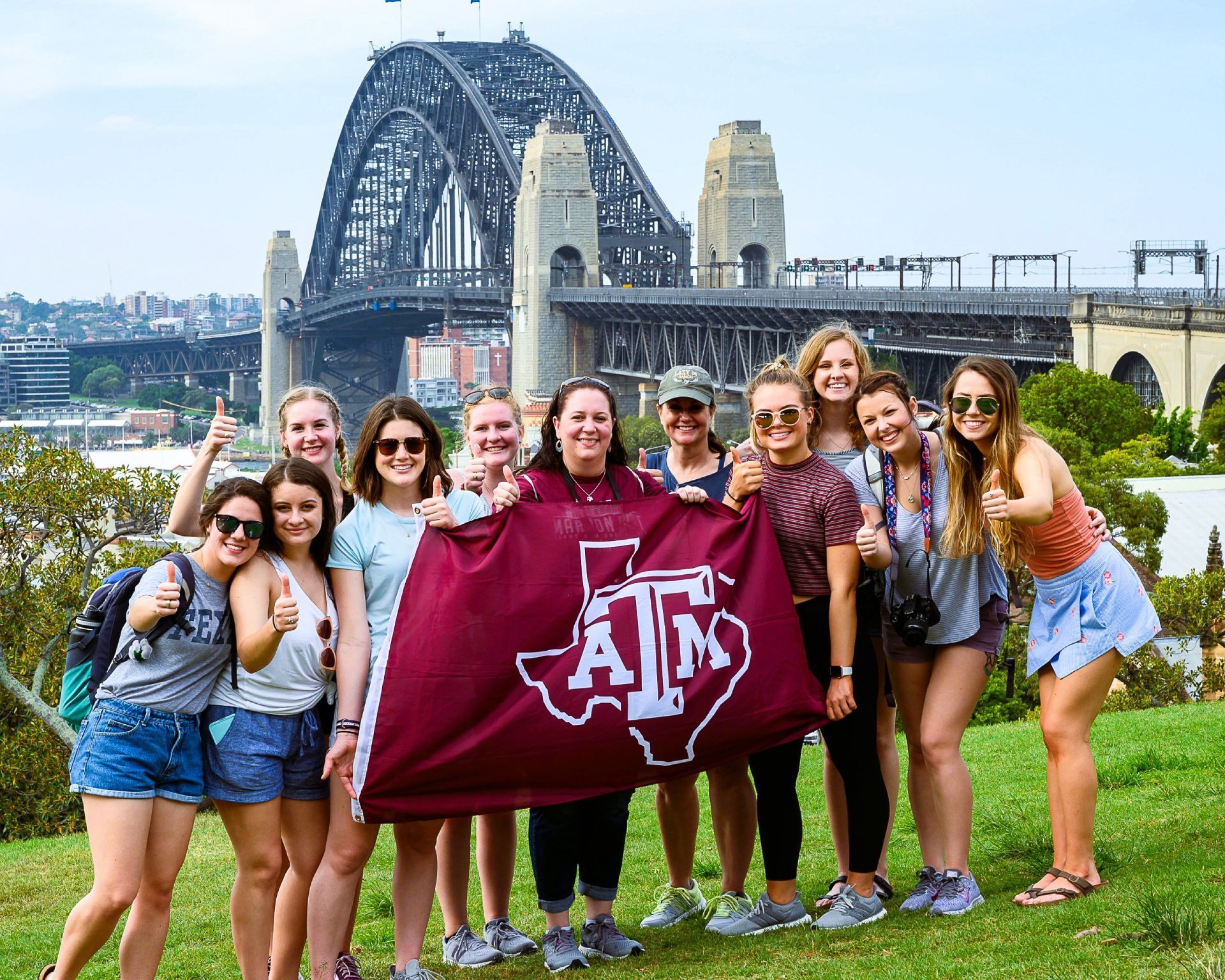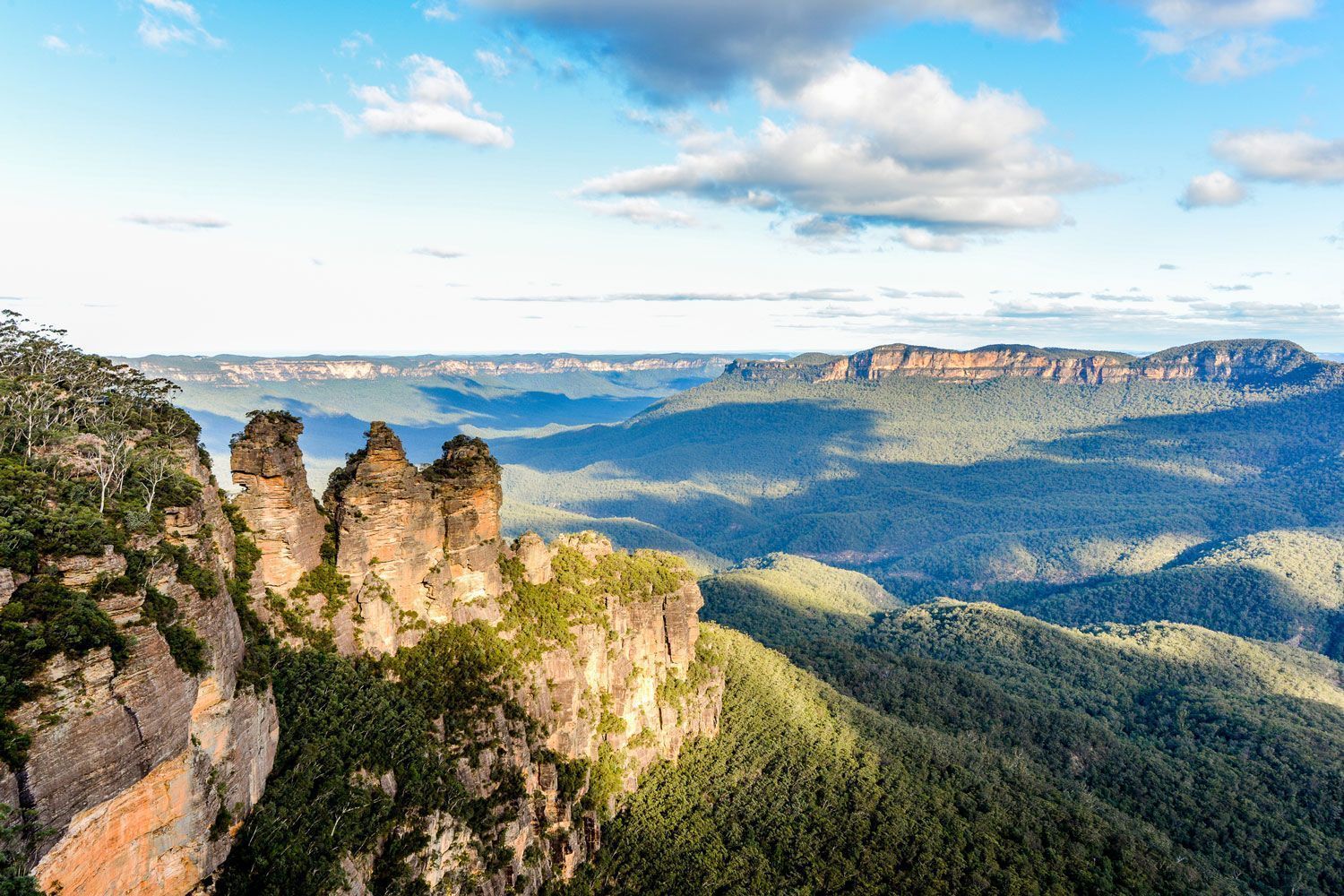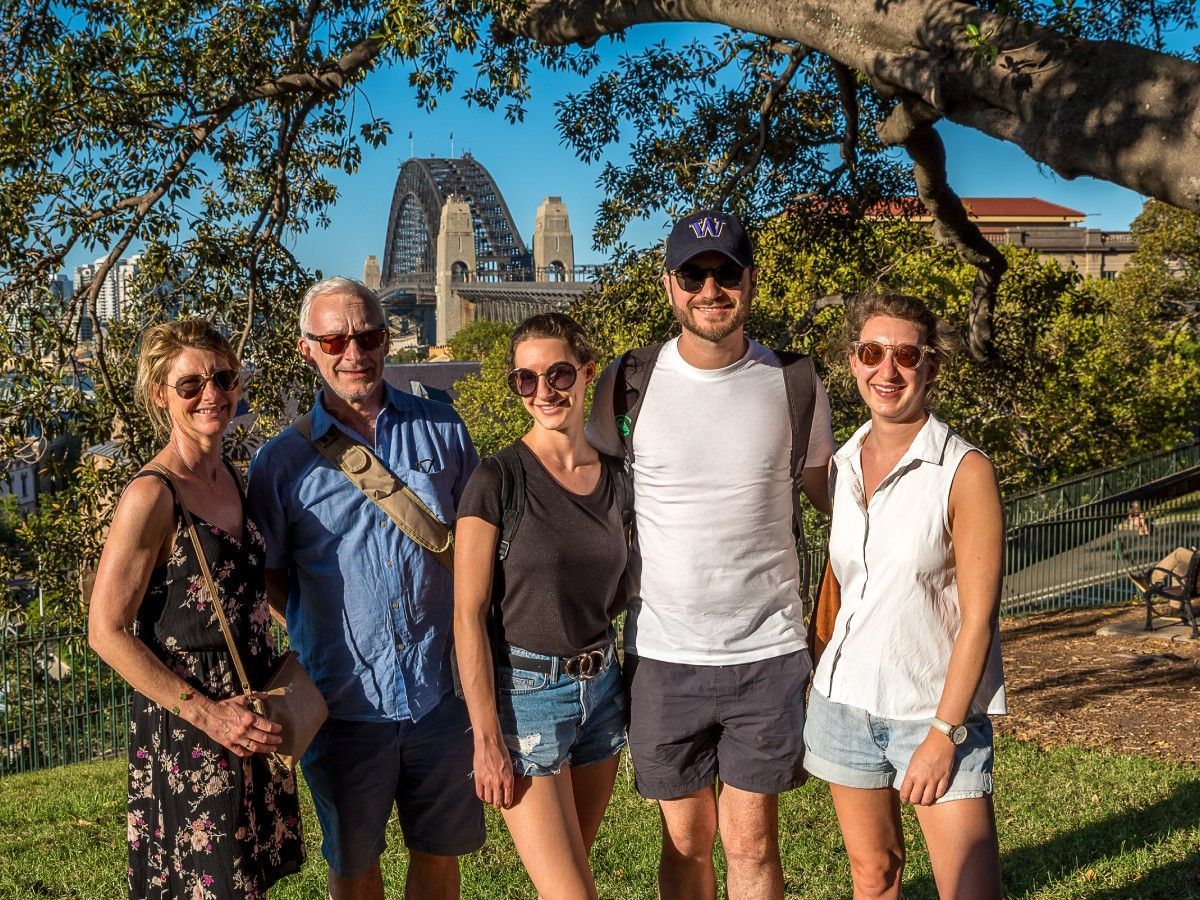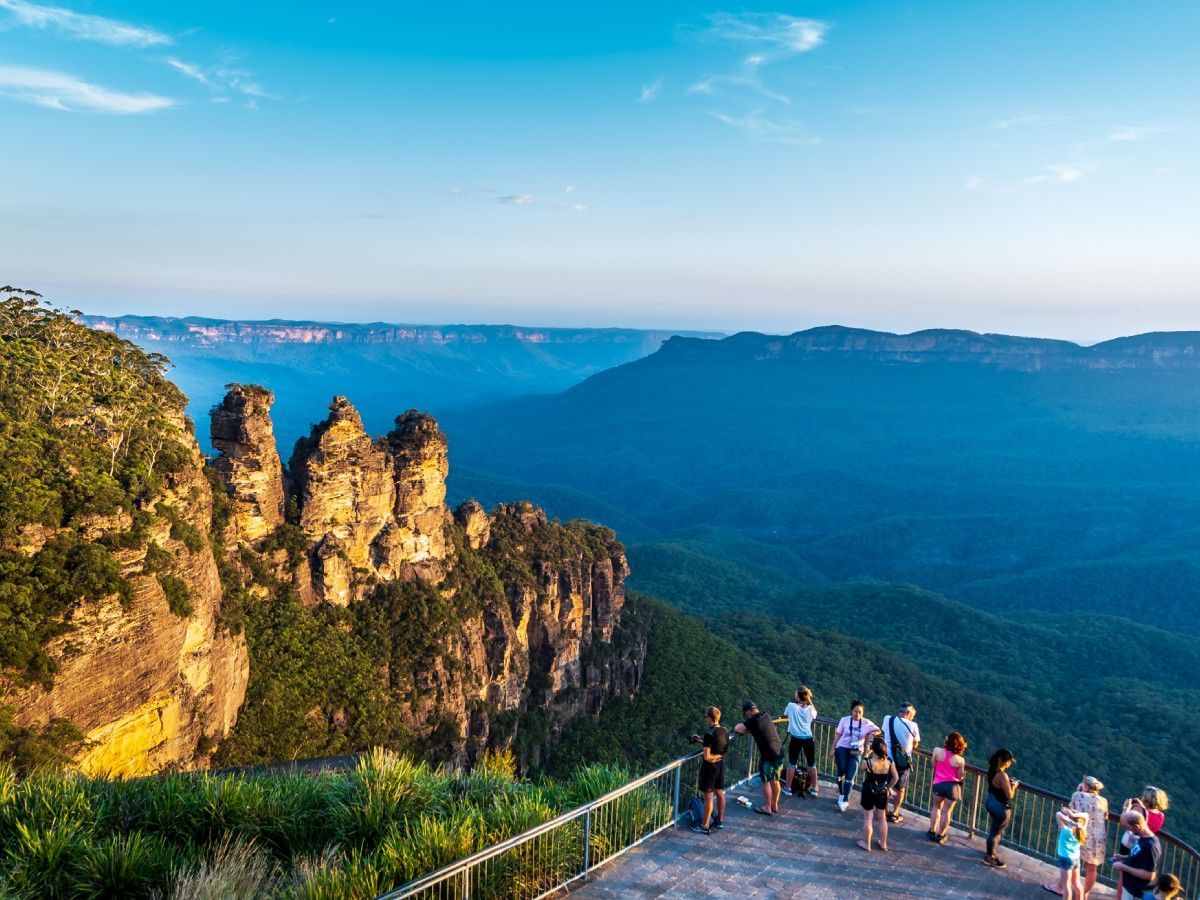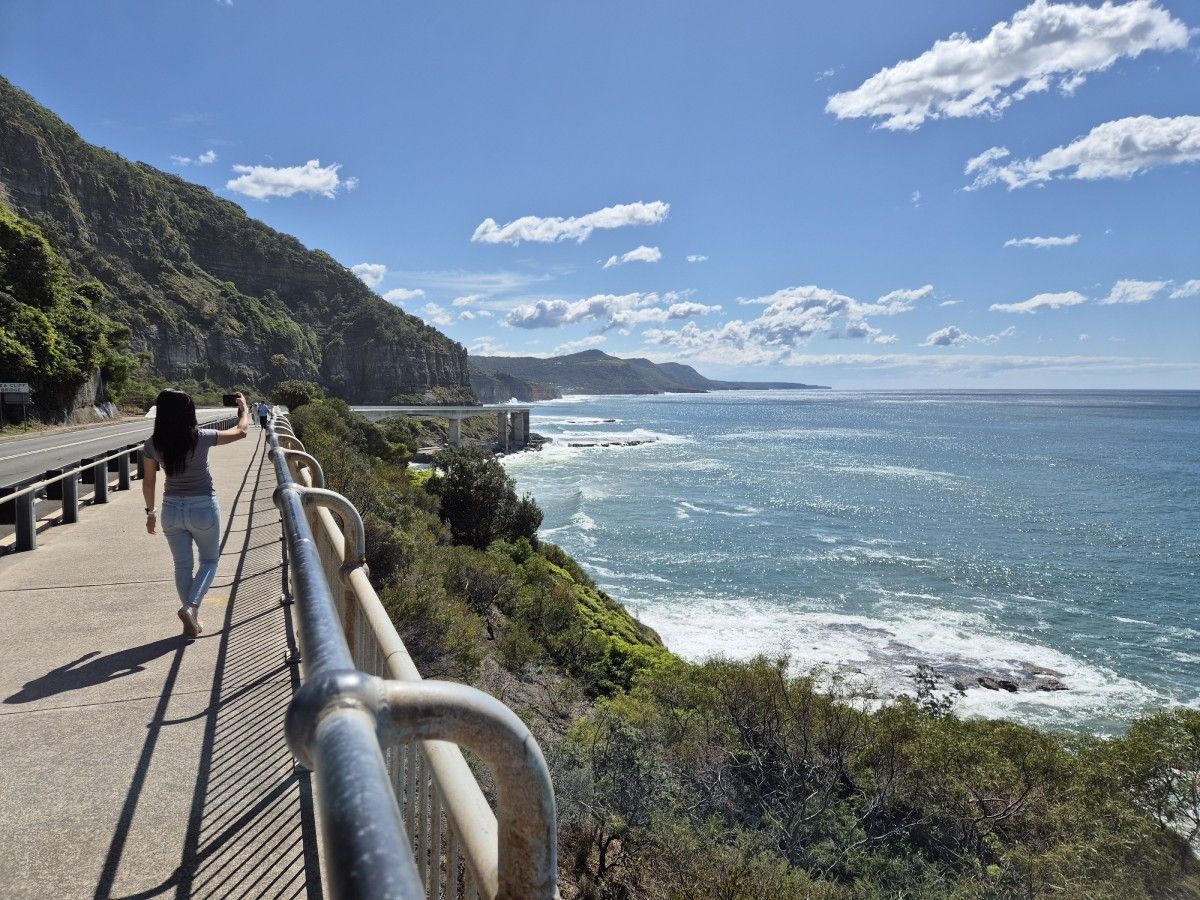Kangaroo Facts You Should Know
Kangaroos are among the most fascinating animals in the world and one of the most recognizable symbols of Australia. From their powerful legs to their unique way of raising young, kangaroos have captured the curiosity of people across the globe. Whether you are planning to join a Sydney tour or head out on a Blue Mountains adventure with
Picture Me Sydney, here are some of the most interesting facts about kangaroos you should know.
The Australian Kangaroo – An Iconic Animal
The kangaroo is the most famous of the Australian marsupials, belonging to the animal family Macropodidae, which means “big foot.” There are over 45 species of kangaroos and wallabies, ranging in size from small tree-dwelling wallabies to the massive red kangaroo.
Kangaroos are found only in Australia, which makes them a true national icon. They even appear on the country’s coat of arms and currency. Many visitors ask if kangaroos are related to deer because of their size and grazing habits, but the two are not connected. Deer are placental mammals, while kangaroos are marsupials that carry their young in a pouch.
How Big Are Kangaroos? Size and Strength Explained
One of the first questions people ask is “how big are kangaroos?” The answer depends on the species.
- Red kangaroo: the largest species, males can stand over 2 meters tall and weigh more than 90 kilograms.
- Eastern grey kangaroo: slightly smaller but still impressive, averaging 1.5 to 1.8 meters tall.
- Antilopine and western grey kangaroos: smaller but strong and agile.
Kangaroo length varies, but their tails alone can measure more than a meter and are strong enough to support their entire body weight. Despite their size, kangaroos are graceful movers, capable of leaping more than 9 meters in a single bound.
Most wild kangaroos live around 6 to 8 years, but in protected environments such as wildlife parks they can reach 20 years.
Where Do Kangaroos Live?
Kangaroos thrive in many habitats across Australia, from grassy plains and woodlands to desert areas. The red kangaroo is particularly well adapted to dry inland regions, while the eastern grey kangaroo is commonly found in forests and open grasslands.
If you are wondering where to see kangaroos near Sydney, the
Blue Mountains is one of the best places. On our guided tours, it is common to see mobs of kangaroos grazing at dawn or dusk in open fields, making it a highlight for wildlife lovers visiting Australia.
Kangaroo Diet and Eating Habits
Kangaroos are herbivores, feeding mainly on grasses, shrubs, and leaves. They play an important role in maintaining Australia’s grasslands by preventing overgrowth.
- Red kangaroos prefer low, green grasses.
- Eastern grey kangaroos eat a wider variety of plants, including shrubs.
- Kangaroos chew their food in a way similar to cows, regurgitating and re-chewing to aid digestion.
A common question is “are kangaroos omnivores?” The answer is no. All kangaroo species are plant-eaters, which classifies them as strict herbivores.
Behaviour and Sounds of Kangaroos
Kangaroos are social animals that live in groups known as mobs. A mob usually includes 10 to 20 kangaroos, although in open areas groups can grow to hundreds. Living in groups helps them protect one another from predators.
Kangaroos also communicate through sounds and body language. They thump their feet on the ground to signal danger. They make a variety of noises, including growls, grunts, and even soft clucking sounds between mothers and joeys. Many visitors are surprised when they first hear what a kangaroo actually sounds like.
Predators and Survival
Kangaroos have few natural predators. Dingoes are their main threat in the wild, while humans and domestic dogs are also significant dangers. Young joeys are more vulnerable to predation by eagles and other birds of prey.
Kangaroos defend themselves with powerful kicks. A strong kick from a large male can seriously injure a predator, earning kangaroos the nickname “vegetarian gladiators.”
Kangaroo Species and Anatomy
There are four main species of kangaroos:
- Red kangaroo: the largest and most widely recognized.
- Eastern grey kangaroo: known for living closer to populated areas.
- Western grey kangaroo: smaller with a distinct grunting call.
- Antilopine kangaroo: found in tropical northern Australia.
All kangaroos share distinctive anatomy. They have muscular tails that act as a third leg, large feet designed for hopping, and unique reproductive systems. Female kangaroos can pause pregnancy if conditions are harsh, ensuring survival of the species.
Fun and Interesting Facts About Kangaroos
- Kangaroos cannot walk backwards because of their large tails.
- They are the only large animals in the world that move by hopping.
- A newborn joey is only about the size of a jellybean when it first climbs into its mother’s pouch.
- Kangaroos can swim and will sometimes enter water to escape predators.
- Their strong tails can balance and even propel them forward when fighting.
Visitors often ask for “cool facts about kangaroos” or look for a complete kangaroo fact file. The truth is, kangaroos are endlessly fascinating, and every encounter with them reveals something new.
FAQs About Kangaroos
Is a kangaroo a mammal?
Yes. Kangaroos are marsupials, a type of mammal that carries its young in a pouch.
Where are kangaroos from?
They are native to Australia and are found across the mainland in various habitats.
Do kangaroos have whiskers?
Yes, they use whiskers to sense their surroundings, especially in low light.
What is the diet of a kangaroo?
Kangaroos eat grasses, shrubs, and leaves. They are strict herbivores.
What noise does a kangaroo make?
They can growl, grunt, cough, and mothers communicate with joeys using soft clicks.
See Kangaroos in the Blue Mountains with Picture Me Sydney
Reading about kangaroos is one thing, but seeing them in their natural environment is unforgettable. On our Blue Mountains Adventures and Sydney Tours, we often encounter wild kangaroos grazing in open fields, hopping across valleys, or interacting with their mobs.
Our guides provide local knowledge and insights into kangaroo behaviour, making the experience more meaningful than just spotting wildlife on your own.
If kangaroos are on your must-see list, Picture Me Sydney offers the perfect opportunity to combine breathtaking landscapes with close encounters with Australia’s most iconic animal.


